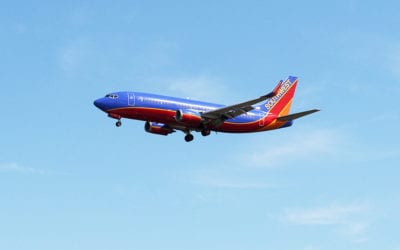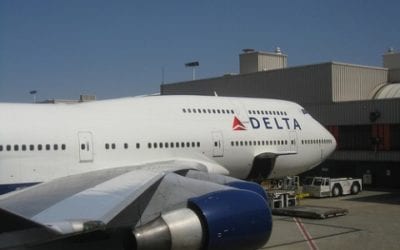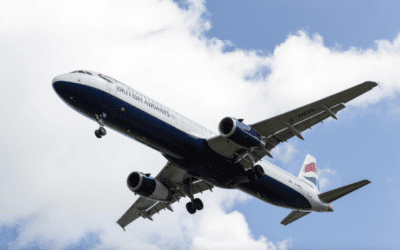Southwest Airlines announced Monday their intention to purchase AirTran in a merger of two of the the nation’s largest discount carriers.
But before we all figure out what that will mean, there is the question – will it actually happen?
And the answer is, nobody really knows for sure.
There are the usual questions about whether the potential merger can get through government regulations, but there are several issues more specific to this particular proposal. Some may not be enough to derail the deal, but they could cause problems. Here are six for starters.
First, Southwest already tried to buy Frontier Airlines, but the deal fell through, in part because of union issues, especially with Southwest pilots. There’s no reason to expect the pilots will readily agree to this merger either.
Second, Southwest is an efficient airline partly because they use only 737 airplanes, which simplifies things on a number of levels. (Easier for mechanics to master the planes, easier to swap airplanes in case of a problem, etc..)
While AirTran doesn’t have the number of different planes that many larger carriers, they do have some different equipment, which Southwest will either have to retire, or accept and change that part of their business model.
Third, while AirTran has limited ticket agreements in the United States, they do have agreements with United Airlines and US Airways. Presumably Southwest does not want to change their current system whereby they have no agreements with anyone.
Fourth, Southwest, while originally considered a “no-frills” carrier, has a great customer service reputation. AirTran, in part because of their original incarnation as ValuJet, a carrier with a troubled safety record, has a more mixed reputation.
Fifth, AirTran has business class, Southwest does not. A relatively trivial fix to reconfigure aircraft, but a potential issue for current AirTran passengers.
Sixth, Southwest prides itself on one of the industry’s best on time records. But they also largely avoid the nation’s most congested and delay-prone airports, although the airline has increasingly been entering such markets.
AirTran, on the other hand, serves many busy Northeast markets, which are especially delay-prone, along with Atlanta’s Hartsfield Airport. And in 2009, the airline was one of the worst domestic carriers in terms of domestic on-time performance.
No doubt all of these and other issues can possibly be worked out. But they do go some way towards explaining why Southwest’s optimistic forecast is a merger completed in 2012.
Janice Hough is a California-based travel agent a travel blogger and a part-time comedy writer. A frequent flier herself, she’s been doing battle with airlines, hotels, and other travel companies for over three decades. Besides writing for Travelers United, Janice has a humor blog at Leftcoastsportsbabe.com (Warning, the political and sports humor therein does not represent the views of anyone but herself.)




